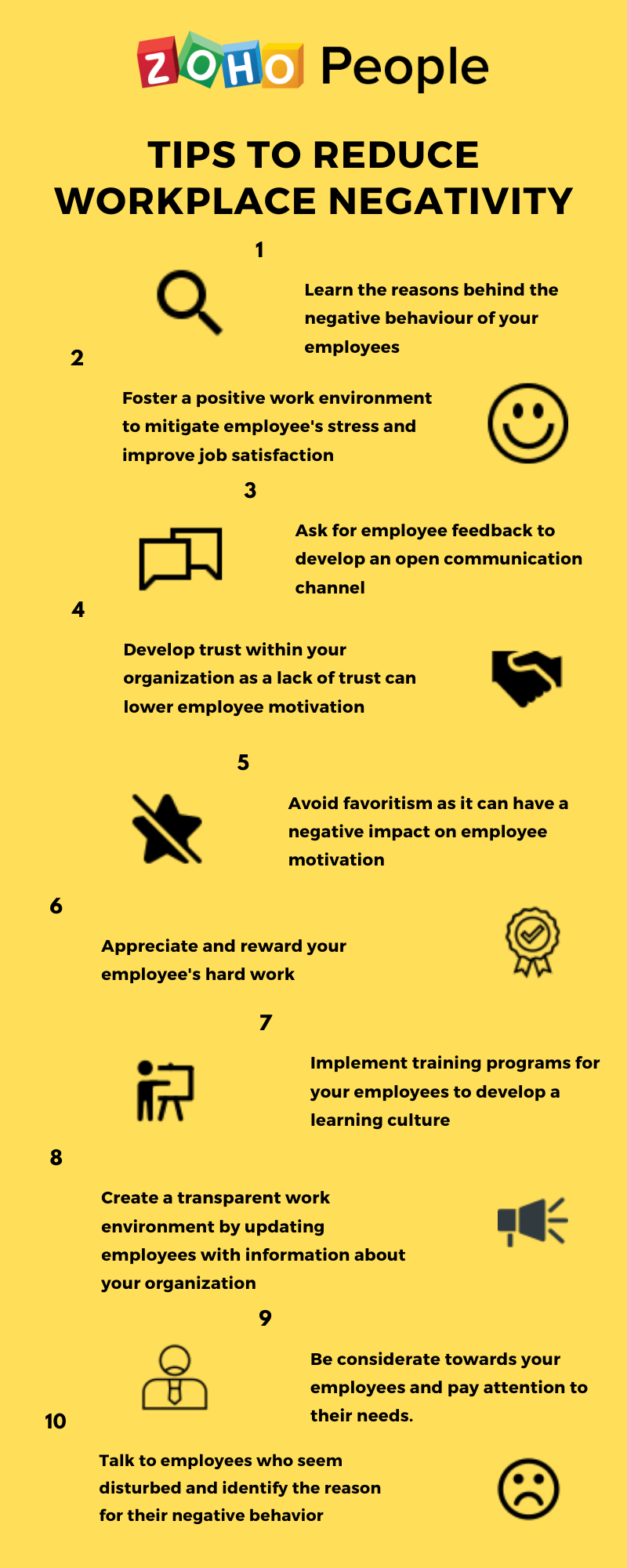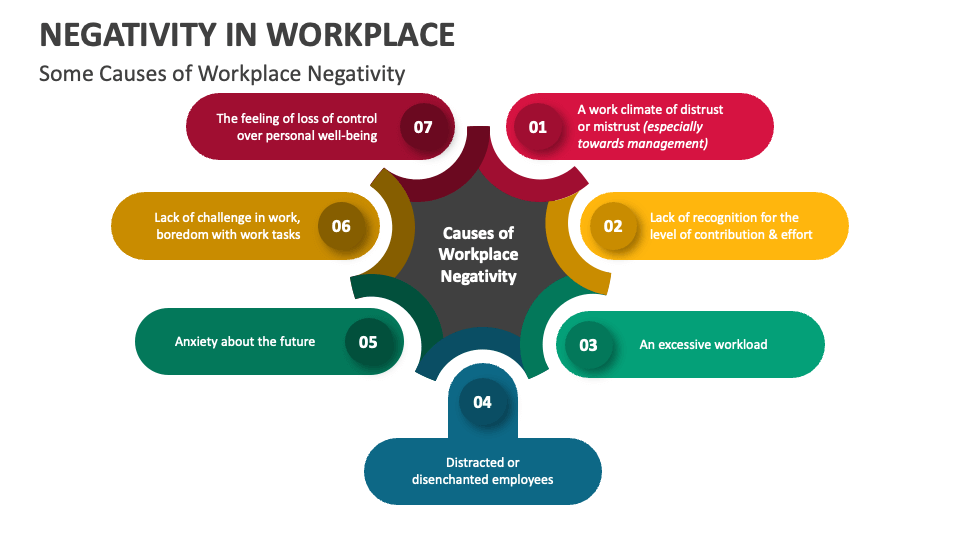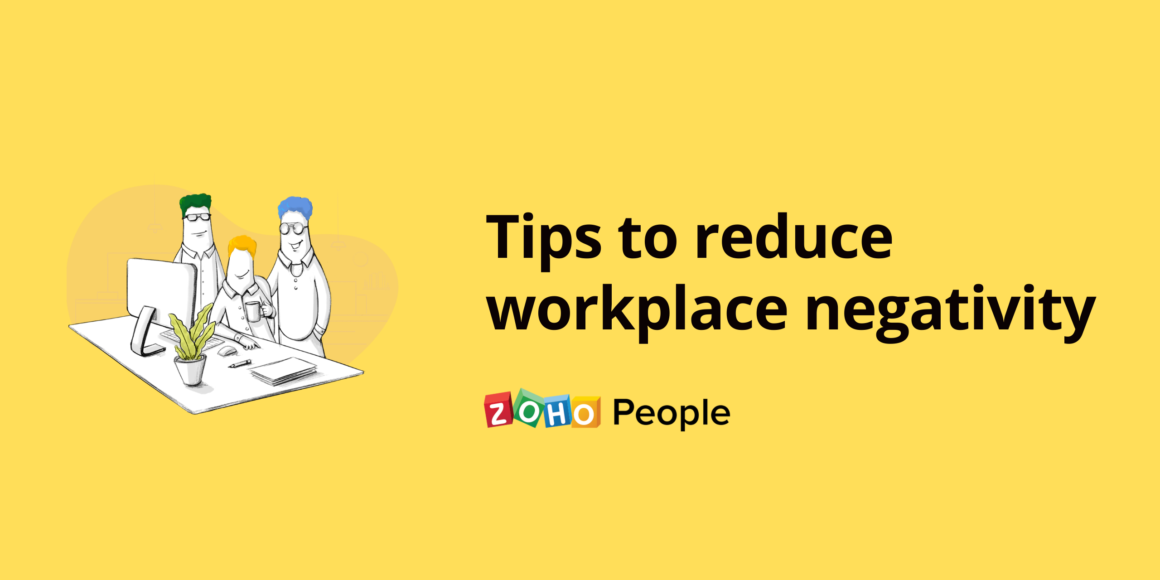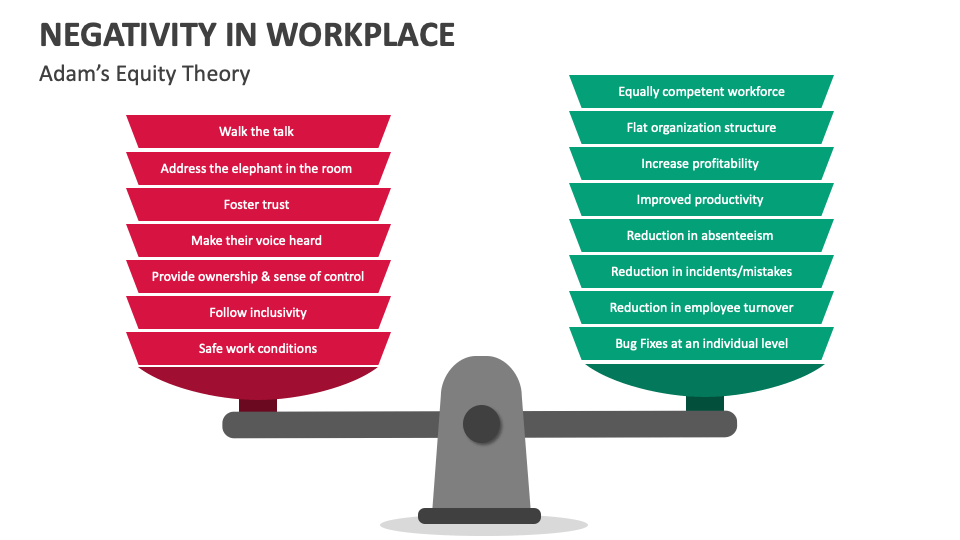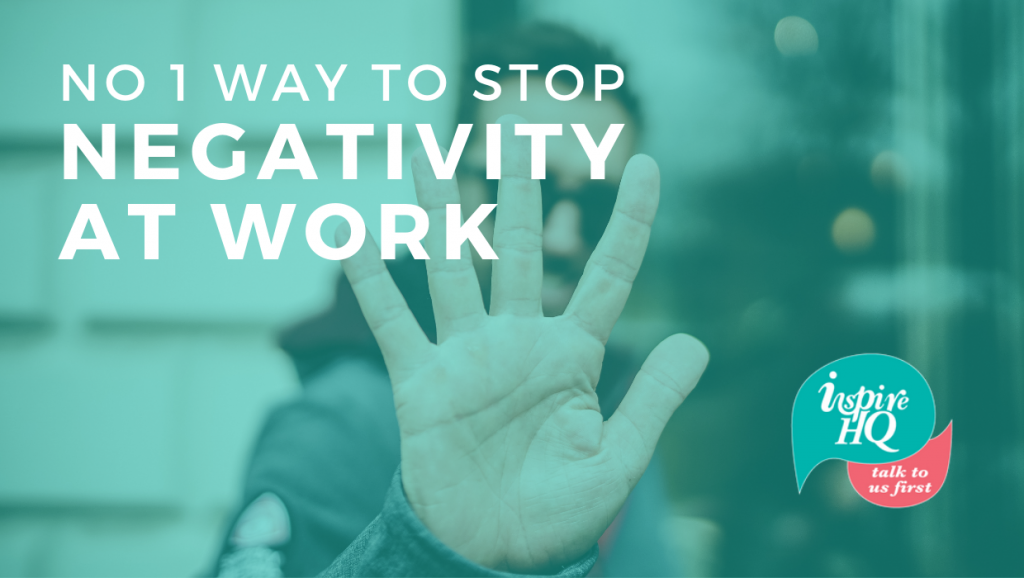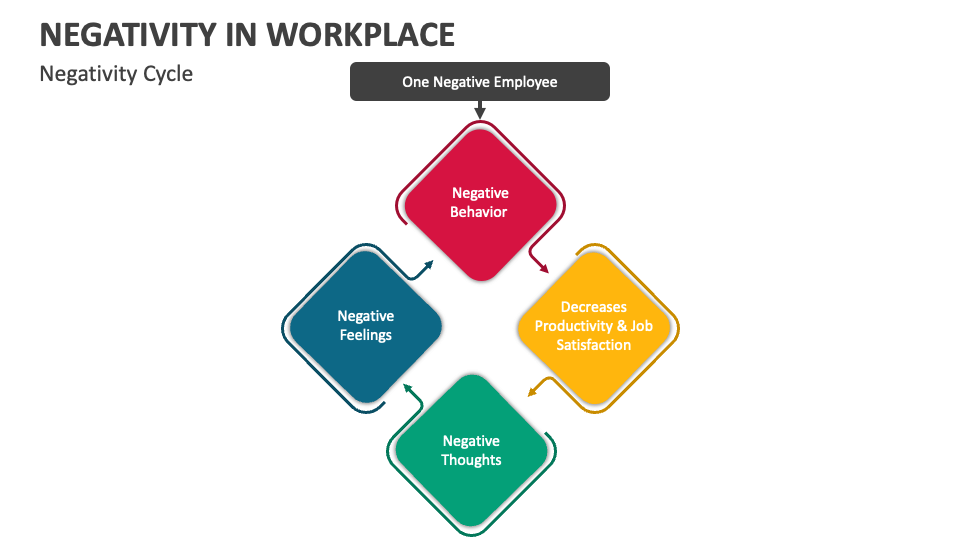How To Eliminate Negativity In The Workplace
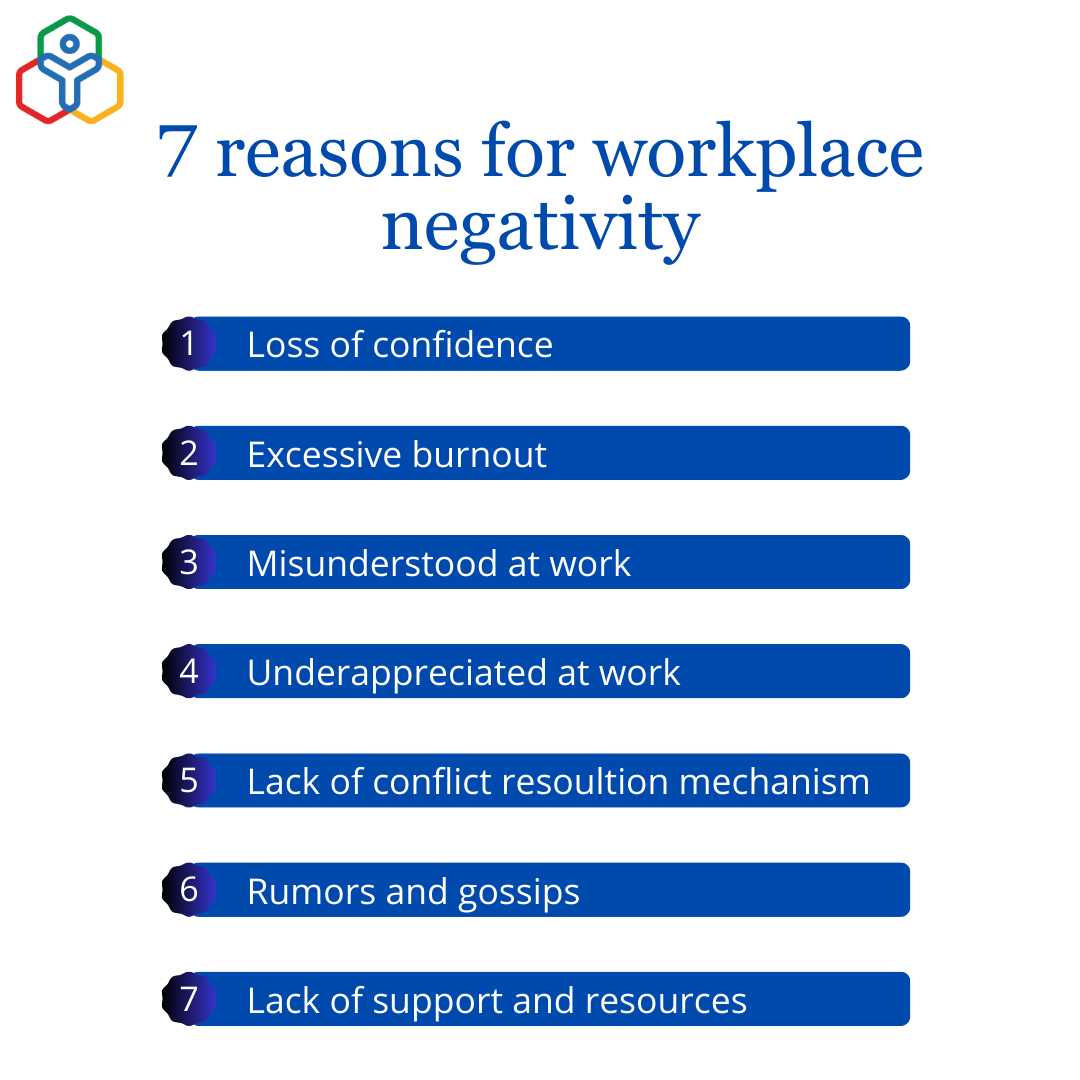
A pervasive cloud of negativity can cripple productivity and morale, turning even the most talented teams into disjointed units. Businesses are increasingly recognizing the importance of cultivating a positive work environment, and actively seeking strategies to eliminate negativity at its source.
This article explores actionable steps employers and employees can take to foster a more optimistic and productive workplace, drawing from expert opinions and best practices.
Identifying the Roots of Negativity
Before addressing the symptoms, it’s crucial to understand the causes. Common sources of negativity include poor communication, lack of recognition, unfair treatment, and a general absence of opportunities for growth.
According to a 2023 study by Gallup, employees who feel their opinions don’t count are significantly less likely to be engaged, contributing to a negative atmosphere.
Communication is Key
Open and honest communication is paramount. Regular team meetings, feedback sessions, and opportunities for employees to voice concerns are essential.
Managers should practice active listening and demonstrate genuine empathy, ensuring employees feel heard and understood.
Recognition and Appreciation
Employees need to feel valued for their contributions. This doesn't always require monetary rewards. A simple "thank you," public acknowledgement of achievements, or opportunities for professional development can go a long way.
Dr. Anna Rodriguez, a workplace psychologist, emphasizes the power of positive reinforcement, stating, "Acknowledging and celebrating successes, no matter how small, creates a culture of appreciation and motivates employees to continue striving for excellence."
Fairness and Transparency
Perceived unfairness can breed resentment and negativity. Ensuring equitable treatment in terms of workload, opportunities, and rewards is crucial.
Transparent decision-making processes and clear promotion criteria can also help build trust and prevent feelings of being overlooked.
Growth and Development
Stagnation can lead to disengagement and dissatisfaction. Providing opportunities for employees to learn new skills, take on new challenges, and advance in their careers is vital.
Offering training programs, mentorship opportunities, and clear career paths can demonstrate a commitment to employee growth and foster a sense of purpose.
Actionable Steps for Employees
While employers play a key role, employees also have a responsibility to contribute to a positive environment. Refraining from gossip, offering constructive feedback, and practicing positive communication are all important.
Taking ownership of one's work and proactively seeking solutions to problems can also help shift the focus from negativity to productivity.
"Be the change you want to see in the workplace," suggests John Smith, a leadership consultant. "Positive actions, no matter how small, can have a ripple effect and inspire others to do the same."
Addressing Toxic Behavior
Sometimes, negativity stems from specific individuals exhibiting toxic behavior. Addressing such issues promptly and decisively is crucial to protecting the overall work environment.
Clear policies against harassment and discrimination, coupled with robust reporting mechanisms, can empower employees to speak up and hold perpetrators accountable.
HR departments should be equipped to handle such situations with sensitivity and fairness, ensuring a safe and respectful workplace for all.
Eliminating negativity in the workplace is an ongoing process that requires commitment from both employers and employees. By addressing the root causes, fostering open communication, and promoting a culture of appreciation and fairness, organizations can create a more positive and productive environment for everyone.
The long-term benefits of such an investment include increased employee engagement, reduced turnover, and improved overall performance.
